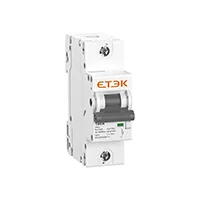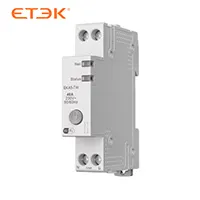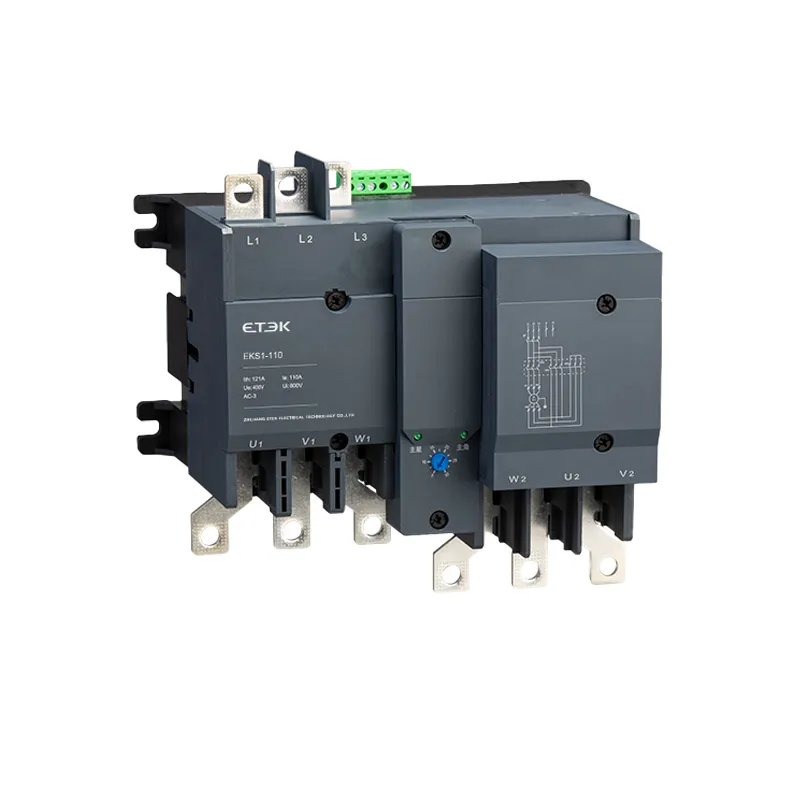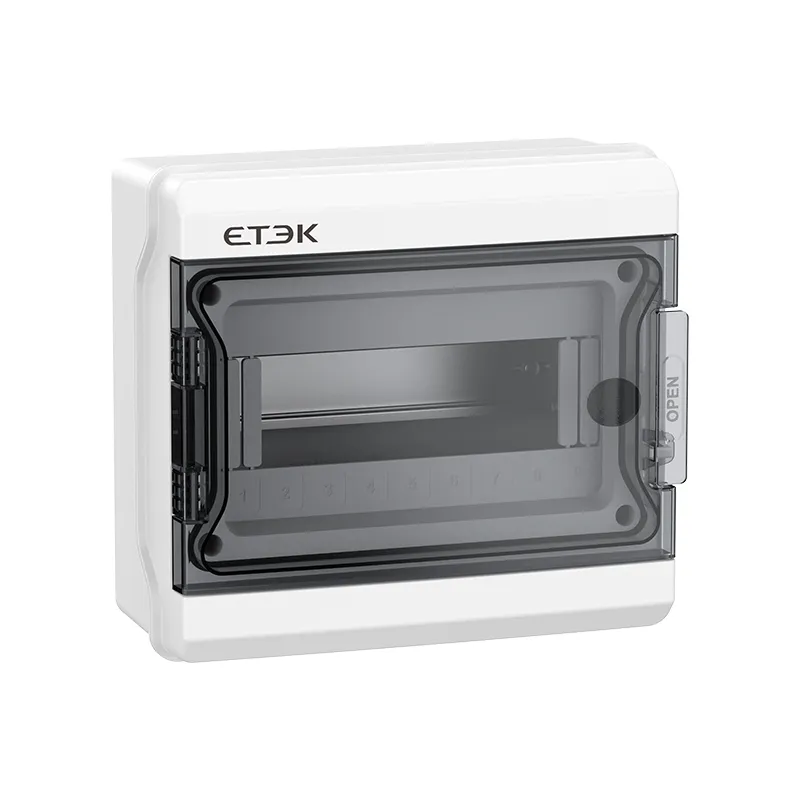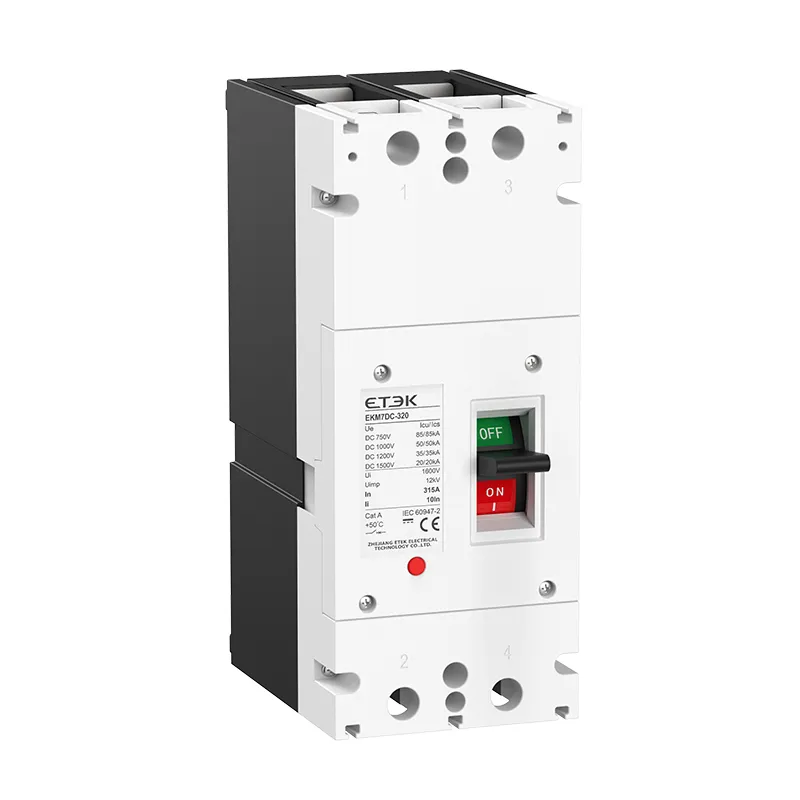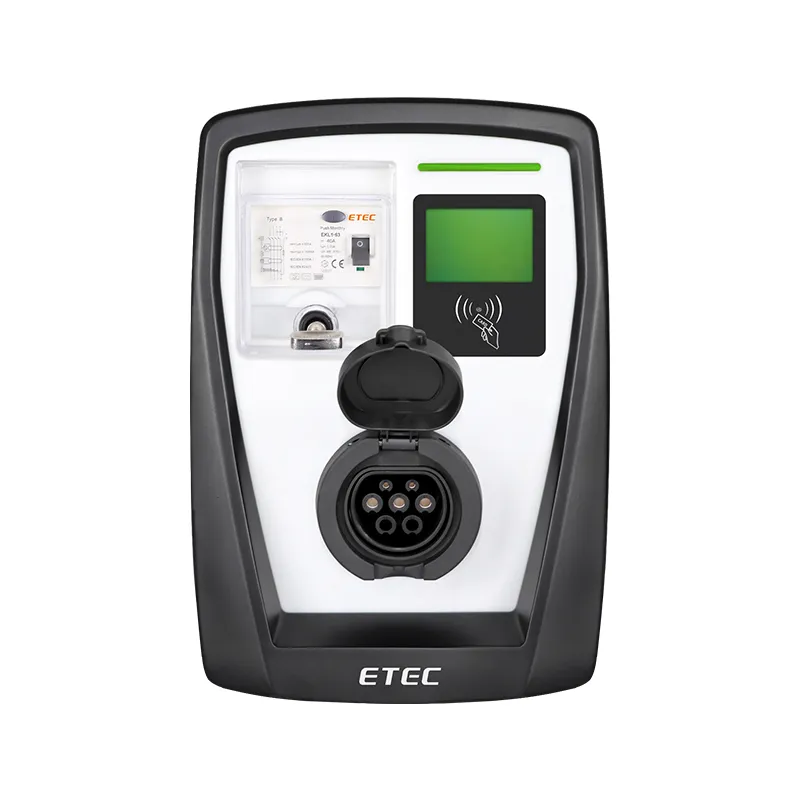What is a Thermal Overload Relay?

A thermal overload relay is a protective device used in electrical systems to monitor the temperature of a motor or other electrically driven equipment. Its main function is to protect the motor from potential damage caused by overheating and excessive current flow.
How does a thermal overload relay work?
Thermal overload relays consist of a bimetal strip made of two different metals with different coefficients of expansion.
(1) When the current passing through the relay exceeds a certain threshold, the bimetal will heat up.
(2) When heated, the metal expands at different rates, causing the strip to bend or warp.
(3) This bending action triggers a relay to disconnect power from the motor, which protects the motor from overheating.
What are the two types of thermal overload relays?
Thermal overload relays are divided into two categories regarding reset methods
1. Automatic reset thermal overload relay
A self-resetting thermal overload relay is a thermal overload protection device that automatically restores power once the temperature or current level returns to a safe range. Can be reset after a trip event without manual intervention.
2. Manual reset thermal overload relay
A manual reset thermal overload relay is a thermal overload protection device that requires manual intervention to reset after a trip event.
Unlike automatic reset relays, which automatically restore power after the temperature drops to a safe level, manual reset relays require deliberate operator action, providing an additional layer of safety.
What are the differences between the two types of thermal overload relays?
(1) Reset method
Manual reset thermal overload relay:
Requires operator to manually press reset button to restore power
Automatic reset thermal overload relay:
When the temperature or current of the thermal overload relay returns to a safe range, it will automatically reset without manual intervention.
(2) Security
Manual reset thermal overload relay:
Provides an additional layer of safety, ensuring that operators can be aware of relay triggering events and assess the cause of thermal overload before resetting, ensuring that dangerous situations are detected and dealt with in a timely manner.
Automatic reset thermal overload relay:
The automatic reset relay resets immediately when the temperature or current returns to the safe range. If the cause of danger cannot be found in time, the trigger event of the relay may be ignored after the automatic reset, which has certain potential safety hazards.
(3) Usage scenarios
Manual reset thermal overload relay:
It is usually used in situations where thermal overload problems need to be manually resolved, such as when equipment needs to be repaired or the cause of a failure needs to be checked.
Automatic reset thermal overload relay:
More suitable for applications that need to restore power quickly, but still need to ensure that the cause of the triggering event is resolved.
Summarize
It is important to note that when using any type of thermal overload relay, it is imperative to ensure that the root cause of the overload condition is identified and addressed in a timely manner to avoid equipment damage or safety issues.



.webp)

